EDL
No longer a newbie, moving up!
- Joined
- Apr 25, 2012
- Messages
- 697
- Reaction score
- 53
- Location
- Western Pennsylvania
- Can others edit my Photos
- Photos OK to edit
My guess is a lot less noise with stacked short shots vs one long one, plus sharper focus.


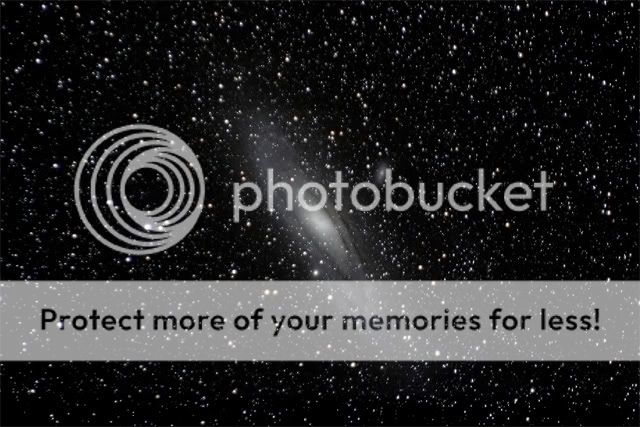
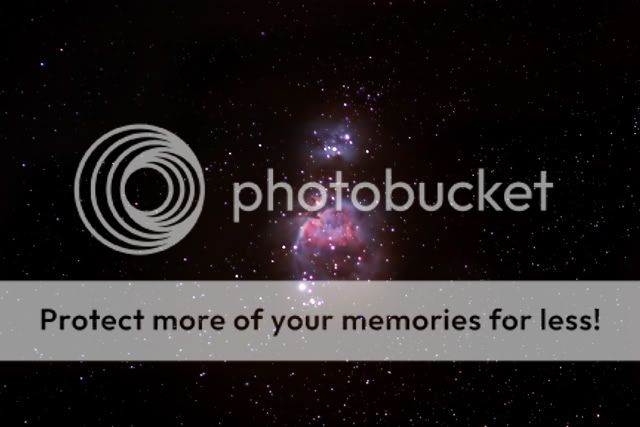
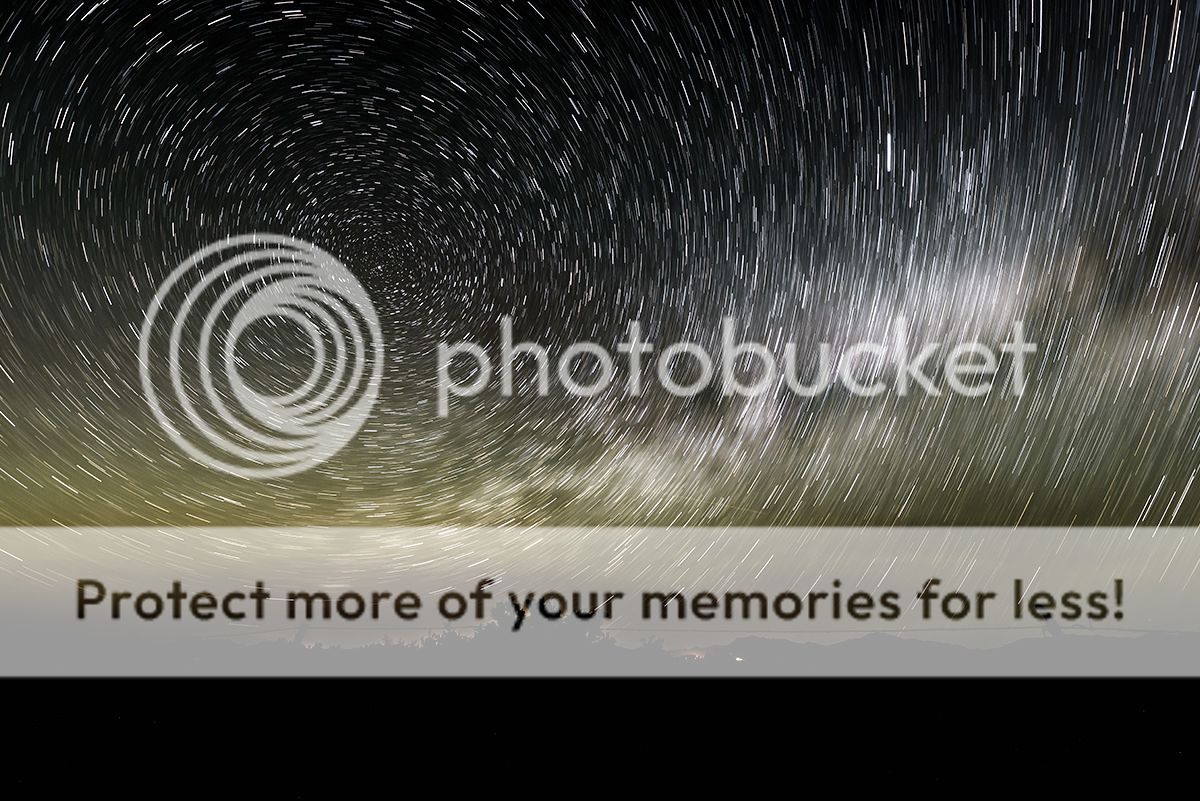
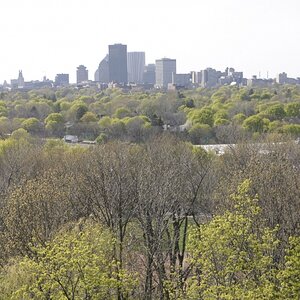
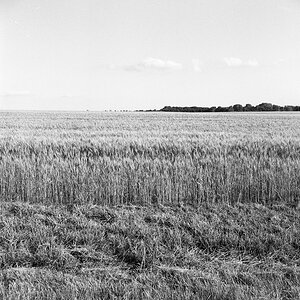
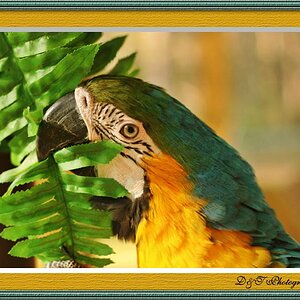
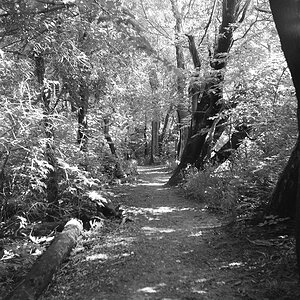
![[No title]](/data/xfmg/thumbnail/37/37602-1ef8dbb1c2d0e4ff347ee65d328c3603.jpg?1619738147)
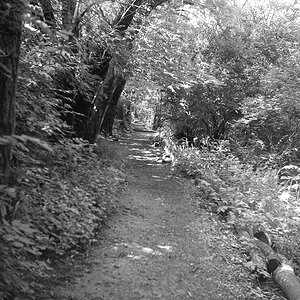
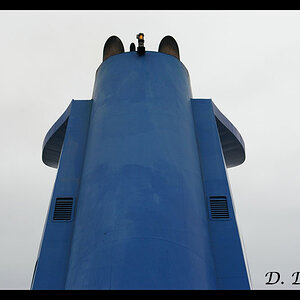
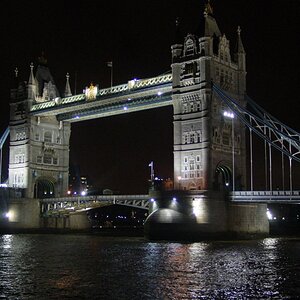
![[No title]](/data/xfmg/thumbnail/37/37606-3c9ffb5906173fa2aa489341967e1468.jpg?1619738148)